Exploring the Impact of Phototherapy on Exercise-Induced Muscle Damage and Recovery
Intense bouts of physical activity, such as high-volume sprinting and sudden decelerations, have the potential to cause exercise-induced muscle damage (EIMD), delayed-onset muscle soreness (DOMS), and a decline in performance. Phototherapy (PhT), which is also referred to as photobiomodulation or low-level laser therapy (LLLT), is a novel approach believed to aid in the recuperation process after strenuous exercise. The focus of this article is on a recent research study that examines the impact of phototherapy on functional movements and individuals' perceptions of muscle soreness subsequent to experiencing EIMD.
Study Overview
The objective of the research was to assess the impact of phototherapy on vertical jump performance, agility, and muscle soreness in athletes who underwent high-intensity sprints. A total of thirty-three participants were involved in the study and were subjected to a rigorous protocol comprising of 40x15m sprints, specifically designed to induce substantial muscle damage. The participants were divided into two groups: sixteen individuals received phototherapy before each testing session, while the remaining seventeen subjects received a sham treatment and acted as the control group.
Vertical jump height, agility performance, and muscle soreness levels in specific areas (calf, hamstring, quadriceps, and overall) were assessed right after the sprinting activity and for the subsequent four days. A comparison was made between these measurements and the initial data gathered over a period of three days for familiarization purposes.
Key Findings
The study yielded several important findings:
- Calf Soreness: Individuals who underwent phototherapy treatment experienced notably reduced calf soreness in comparison to those in the control group (p = 0.02). These findings indicate that phototherapy could be an effective method for alleviating muscle soreness in targeted areas post vigorous physical activity.
- Other Muscle Groups and Performance Metrics: The results of the study revealed that there were no notable variances between the phototherapy and control groups in terms of vertical jump, agility, quadriceps, hamstring, and overall soreness (p > 0.05).
Discussion
The study's findings reveal that phototherapy could potentially provide relief for calf muscle soreness, but it did not demonstrate notable advantages for other muscle groups or overall functional performance measures. This underscores the idea that the effectiveness of phototherapy may be specific to certain muscles or types of soreness, indicating that it might be better suited as a targeted recovery solution rather than a one-size-fits-all remedy.
These findings are consistent with previous studies indicating that the advantages of low-level laser therapy can differ based on the specific muscle injury and its location, along with the type of physical exercise performed. Athletes and professionals should take into account these factors when incorporating PhT into their rehabilitation plans.
Implications for Athletes and Coaches
Phototherapy may not be the most effective recovery tool for athletes participating in explosive, short-duration activities. Although it can help alleviate soreness in certain muscle groups, its effectiveness in promoting functional recovery after intense, short bursts of exercise remains uncertain.
Athletes and coaches must prioritize a holistic recovery strategy that encompasses a blend of techniques customized to meet the unique requirements of their sport and the personal needs of the athlete. Incorporating low-level laser therapy into this approach can prove highly beneficial, especially when it comes to addressing localized muscle soreness.
Conclusion
Photobiomodulation, specifically low-level laser therapy, yields varied outcomes in the context of recuperation from high-intensity, brief exercises. Although it can alleviate discomfort in certain muscle areas, its overall influence on recovery parameters like agility and vertical jump capability lacks definitive evidence. Additional investigations are imperative to comprehensively grasp the underlying mechanisms and enhance the efficacy of phototherapy in sports recovery regimens.


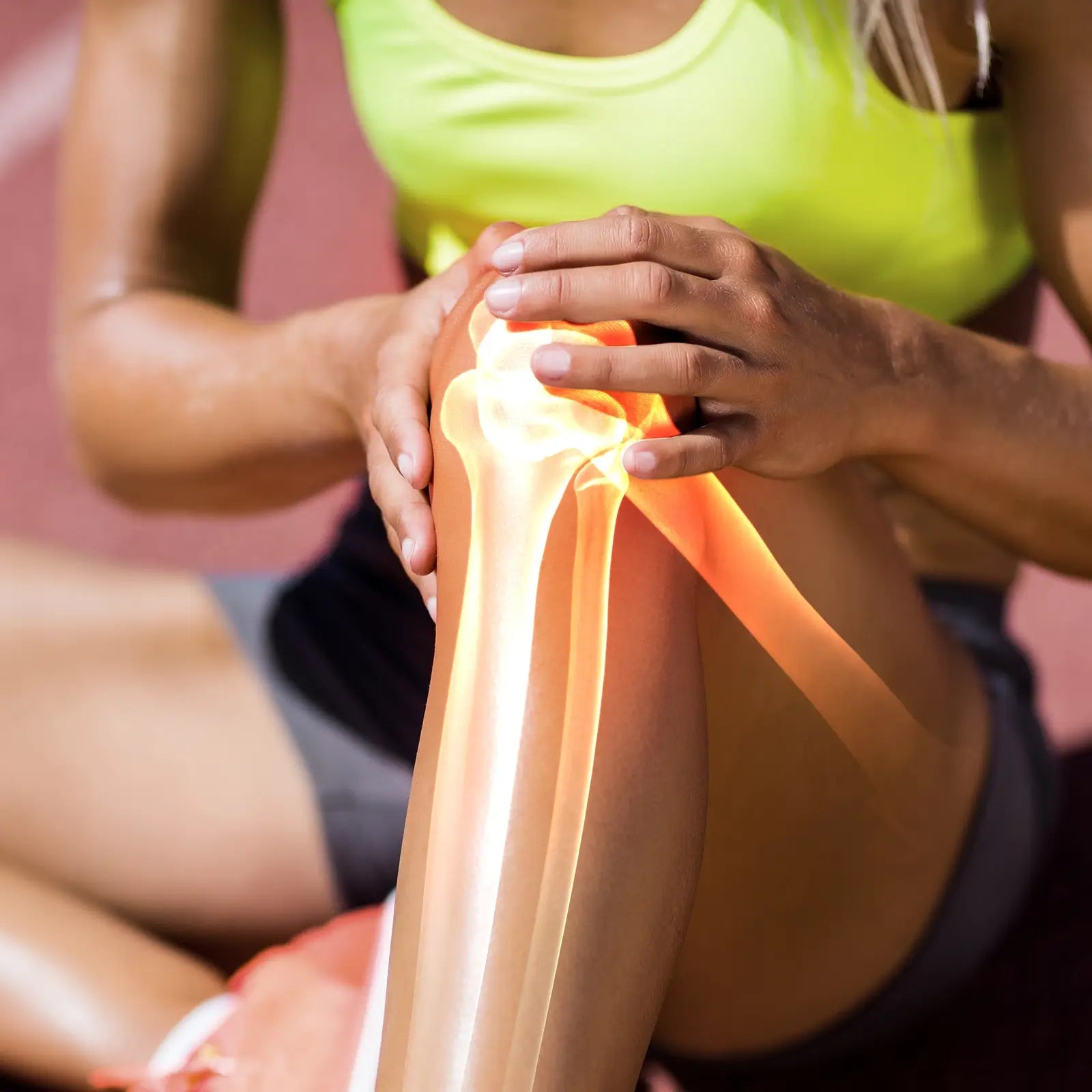
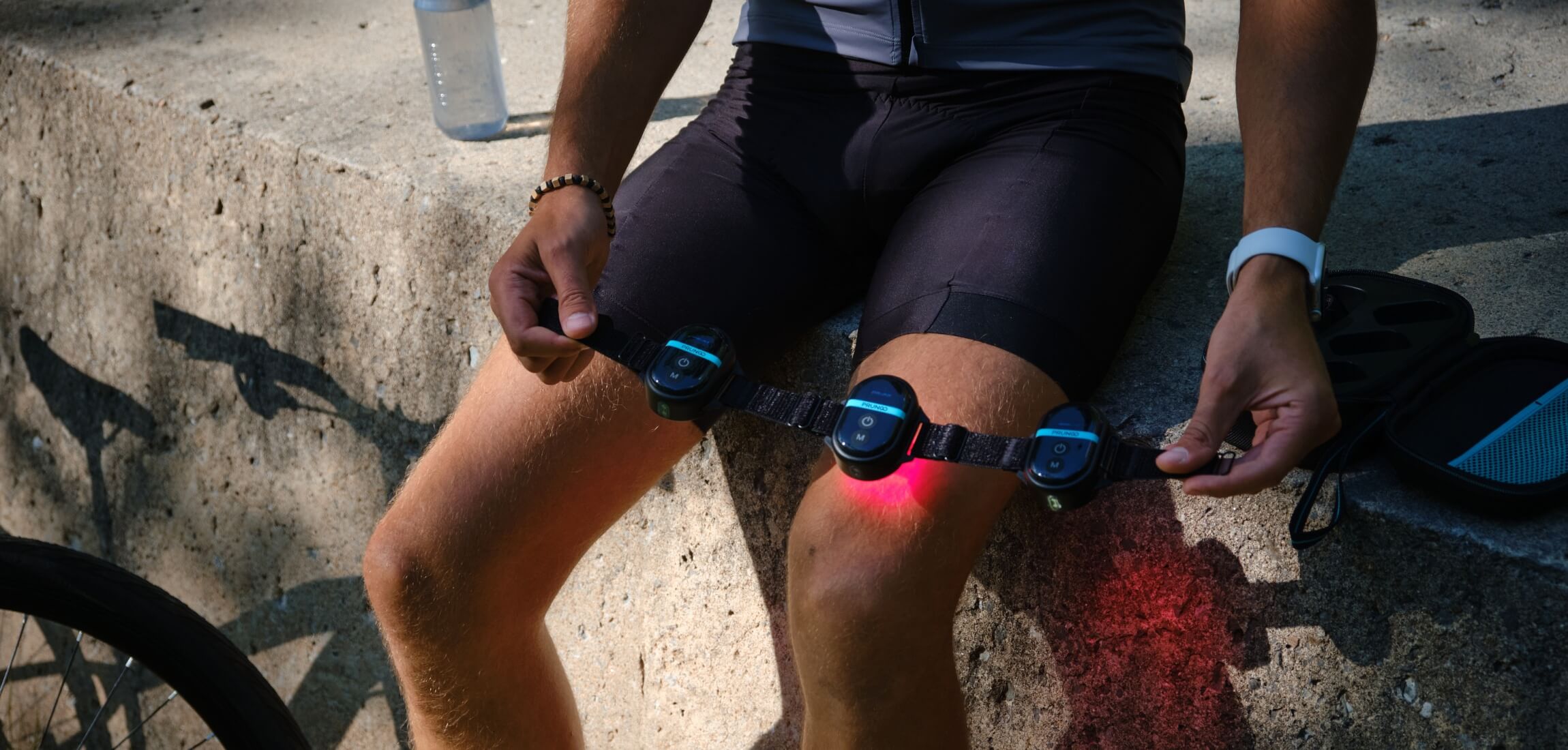
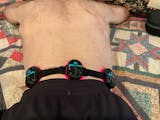
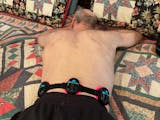









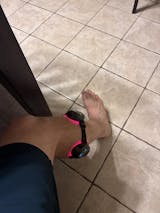
Share:
Efficacy of Low Level Laser Therapy in Treating Rheumatoid Arthritis: A Critical Review
The Efficacy of High-Intensity Laser Therapy in Children with Haemophilia